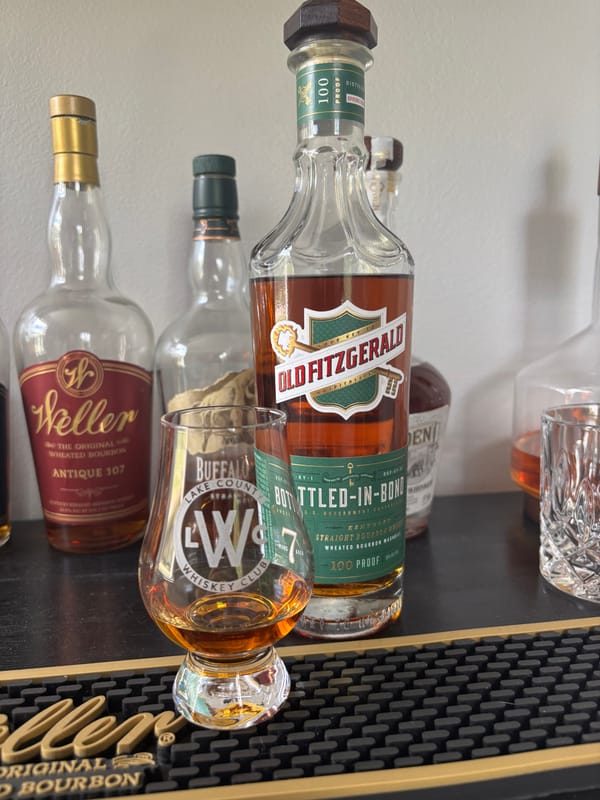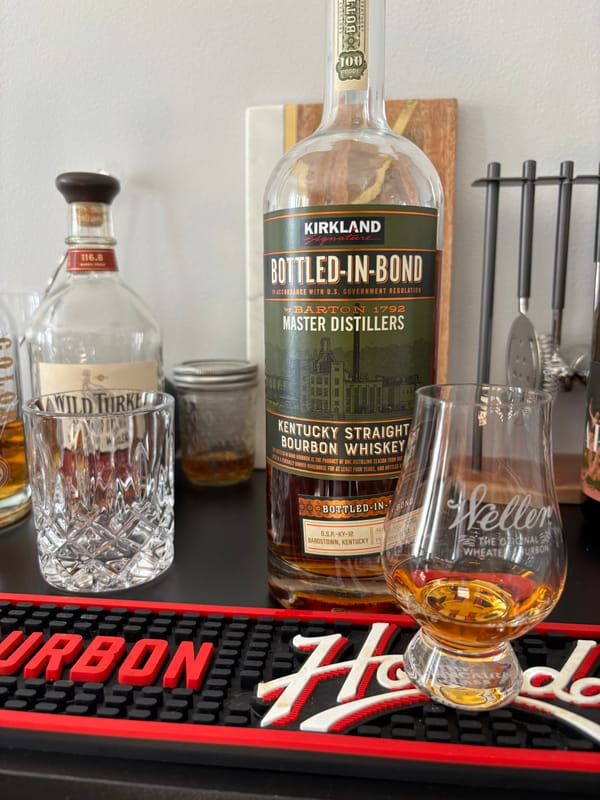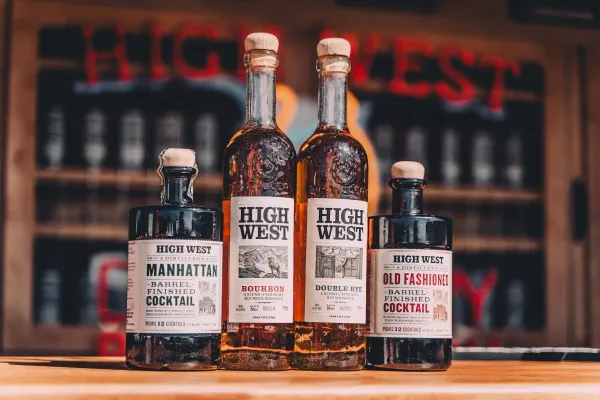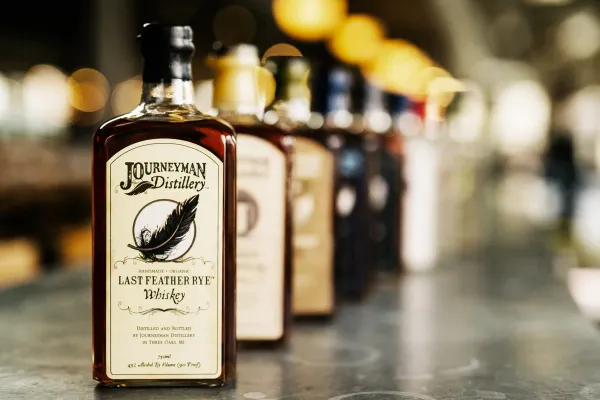Does Bourbon Have to Be Made in Kentucky? The Truth Might Surprise You

The Kentucky Bourbon Myth Busted
Kentucky’s bourbon king—95% of it comes from there—but does it have to? This question trips up even seasoned sippers, and the answer’s not what you’d guess. Here’s the real deal on where bourbon can be made, why Kentucky dominates, and bottles that prove it.
What the Law Says About Bourbon’s Home
U.S. Code 27 CFR § 5.22 defines bourbon: 51% corn, new charred oak, distilled to no more than 160 proof, barreled at 125 proof max, bottled at 80 proof min—no location required. It’s American, not Kentucky-only, per TTB rules since 1964. Kentucky’s 2.6 million barrels in 2022 (Kentucky Distillers’ Association) don’t mean it’s the law—just the leader.
Why Kentucky Rules Bourbon
Limestone water filters impurities, hot summers speed aging—Buffalo Trace ($25) gets caramel in 6-8 years, per Breaking Bourbon (2022). The state’s 95% share (Distilled Spirits Council, 2022) ties to 200+ years of distilling—Jim Beam’s been at it since 1795, per jimbeam.com. Exports hit $1.2 billion in 2023, per The Spirits Business.
Bourbon Beyond Kentucky
Texas’s Garrison Brothers ($80) uses 30-gallon barrels for honey and oak—gold at 2023 SFWSC—per The Whiskey Wash (2022). New York’s Hudson Baby Bourbon ($45) ages 3 years for spice, per Distiller.com (2021). Indiana’s MGP supplies 50% of non-Kentucky bourbon—Bulleit ($30) included, per Forbes (2023).
What It Means for You
Bourbon’s U.S.-wide—Kentucky’s just the heart. Want to taste the range? Check out NEAT: Whiskey Finder—it’ll help you track down bourbon from anywhere near you.





